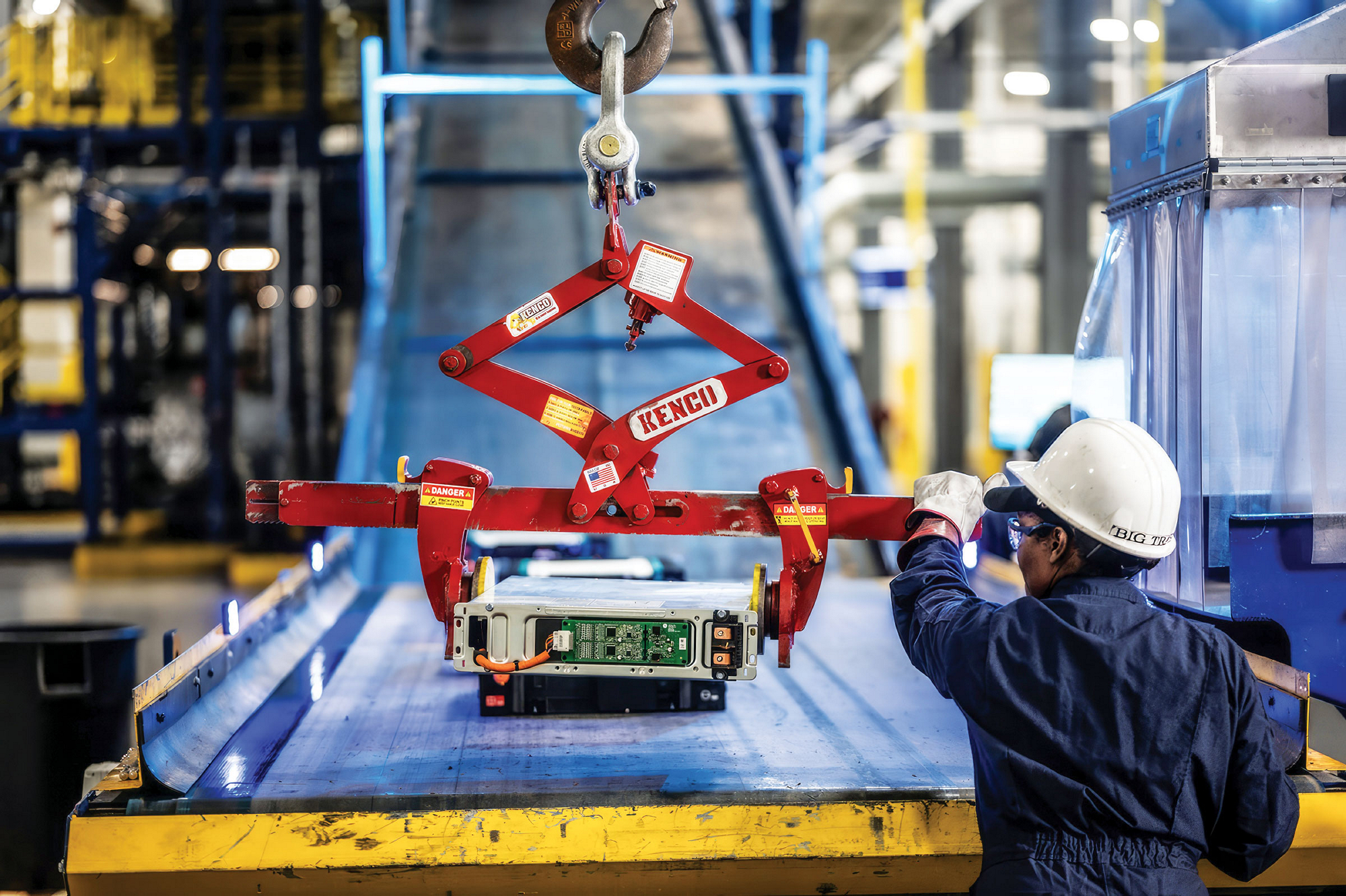Advertisement
Grab your lab coat. Let's get started
Welcome!
Welcome!
Create an account below to get 6 C&EN articles per month, receive newsletters and more - all free.
It seems this is your first time logging in online. Please enter the following information to continue.
As an ACS member you automatically get access to this site. All we need is few more details to create your reading experience.
Not you? Sign in with a different account.
Not you? Sign in with a different account.
ERROR 1
ERROR 1
ERROR 2
ERROR 2
ERROR 2
ERROR 2
ERROR 2
Password and Confirm password must match.
If you have an ACS member number, please enter it here so we can link this account to your membership. (optional)
ERROR 2
ACS values your privacy. By submitting your information, you are gaining access to C&EN and subscribing to our weekly newsletter. We use the information you provide to make your reading experience better, and we will never sell your data to third party members.
Recycling
Lithium-ion battery recycling goes large
As companies scramble to increase recycling capacity, they are navigating a tricky path through shifting battery chemistries and a raft of new regulations
by Mark Peplow, special to C&EN
November 19, 2023
| A version of this story appeared in
Volume 101, Issue 38

Credit: Li-Cycle | In North America, many battery recyclers are opening plants, such as this Li-Cycle battery shredding facility, near planned battery production facilities in the US Southeast.


Join the conversation
Contact the reporter
Submit a Letter to the Editor for publication
Engage with us on Twitter